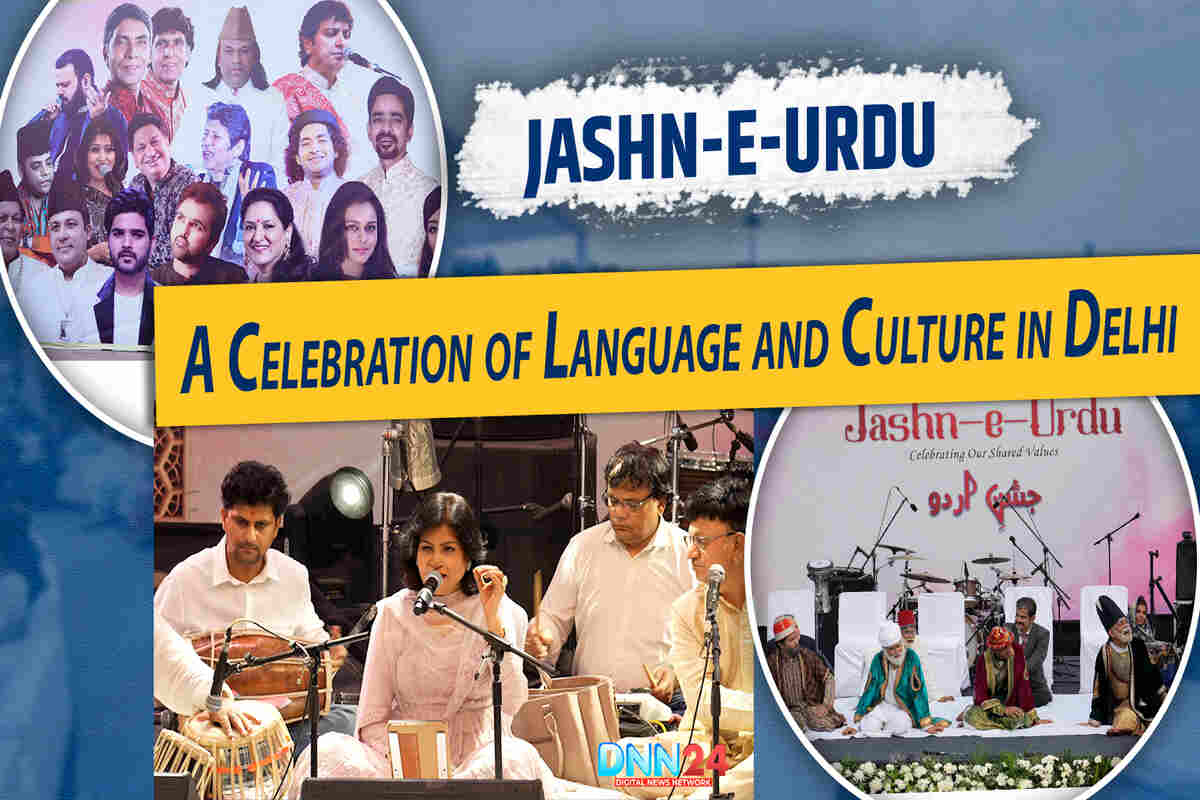The Delhi Urdu Academy organised the Jashn-e-Urdu festival from October 17-20, 2024 at Central Park, Connaught Place. This four-day extravaganza celebrated the rich heritage of Urdu language, literature and culture. The festival aimed to promote Urdu among people of all ages, especially the youth. It featured performances by renowned artists in ghazal, qawwali, Sufi music, and poetry. There were also competitions for students in various Urdu literary forms. The event was free and open to all, allowing people from diverse backgrounds to experience the beauty of Urdu. Organisers wanted to showcase Urdu as a language that represents India’s composite culture. They hoped the festival would help preserve Urdu and introduce it to new generations. Thousands of people attended the programs each day, with crowds swelling in the evenings. The festival created a vibrant atmosphere in the heart of Delhi, bringing together Urdu lovers and introducing many others to the language’s rich traditions.
The Cultural Significance of Jashn-e-Urdu Festival
Prof. Shehpar Rasool, Vice Chairman of Urdu Academy, explains that the Jashn-e-Urdu Festival celebrates the unique nature of Urdu language in India. Unlike other languages that are confined to specific regions, Urdu has no geographical boundaries and belongs to the entire nation since its birth in India. The festival showcases Urdu’s rich cultural heritage through various programs including music performances, student debates, dramas, poetry recitations, and Qawwali sessions. These diverse events help people understand and appreciate Urdu culture better. The festival, which was started by Prof. Rasool years ago at Central Park, attracts large crowds, particularly in the evenings despite daytime heat. Notably, about 80% of attendees are non-Urdu speakers who are drawn to the language’s cultural charm. Young people show special interest in Urdu poetry, ghazals, and dramatic performances. The festival successfully achieves its goal of making Urdu accessible to those who might not otherwise experience it, proving that Urdu’s cultural influence continues to grow and unite people across India.
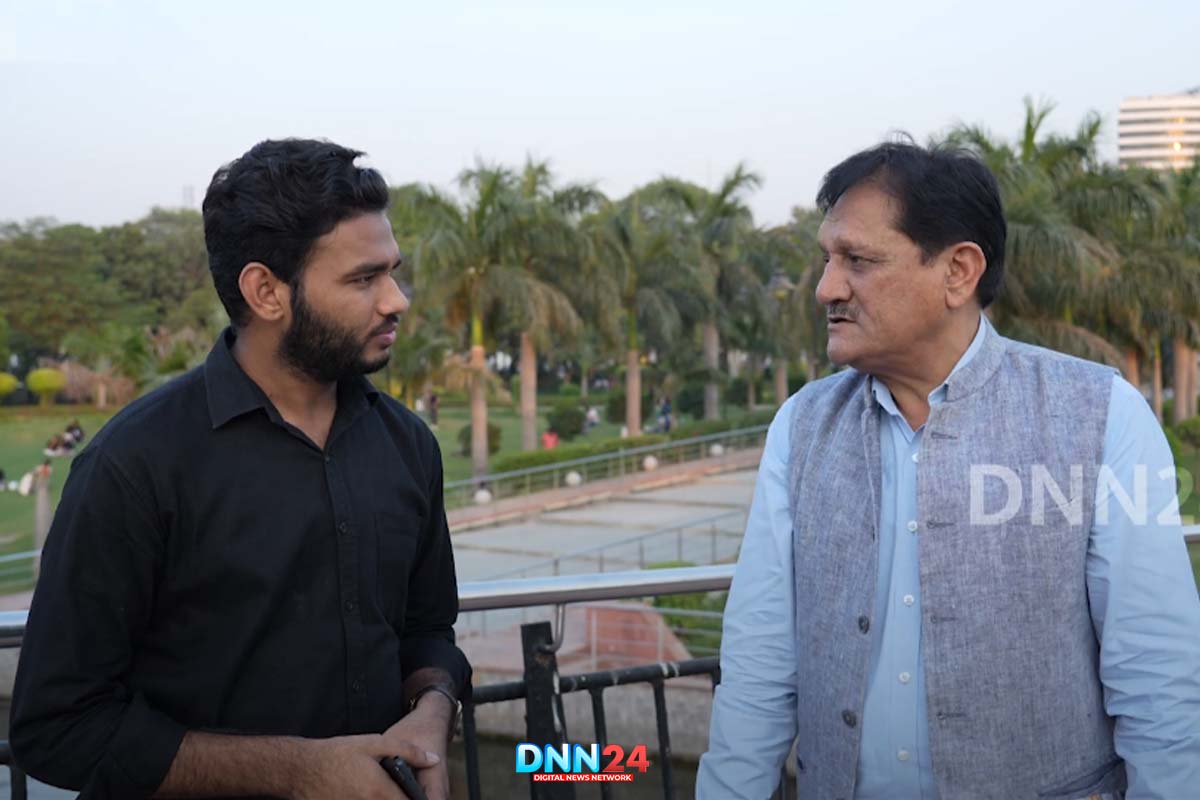
Reshma Farooqui and Athar Saeed: The Heart of Jashn-e-Urdu Festival
The Jashn-e-Urdu Festival, held from October 17 to 20 in Central Delhi’s Se Park, was a vibrant celebration of Urdu culture, brought to life by the dynamic duo of anchors Reshma Farooqui and Athar Saeed. Their engaging presence and insightful commentary captivated audiences, making the festival a memorable experience. Reshma Farooqui and Athar Saeed skillfully guided attendees through the rich tapestry of Urdu literature, discussing Shayari, Ghazal, and Qawwali with notable artists. They emphasised the importance of heritage and national integration, weaving in stories about Old Delhi and its historical significance. Their ability to connect the audience with the cultural roots of Urdu was remarkable. The anchors also highlighted the performances, including a stunning Qawwali by Shahrukh Khan, and celebrated the achievements of participating students from Orbit University. Through their eloquent hosting, Farooqui and Saeed not only showcased the beauty of Urdu but also fostered a deeper appreciation for its cultural legacy, leaving a lasting impact on all who attended. Their contributions were truly the heart of the festival.
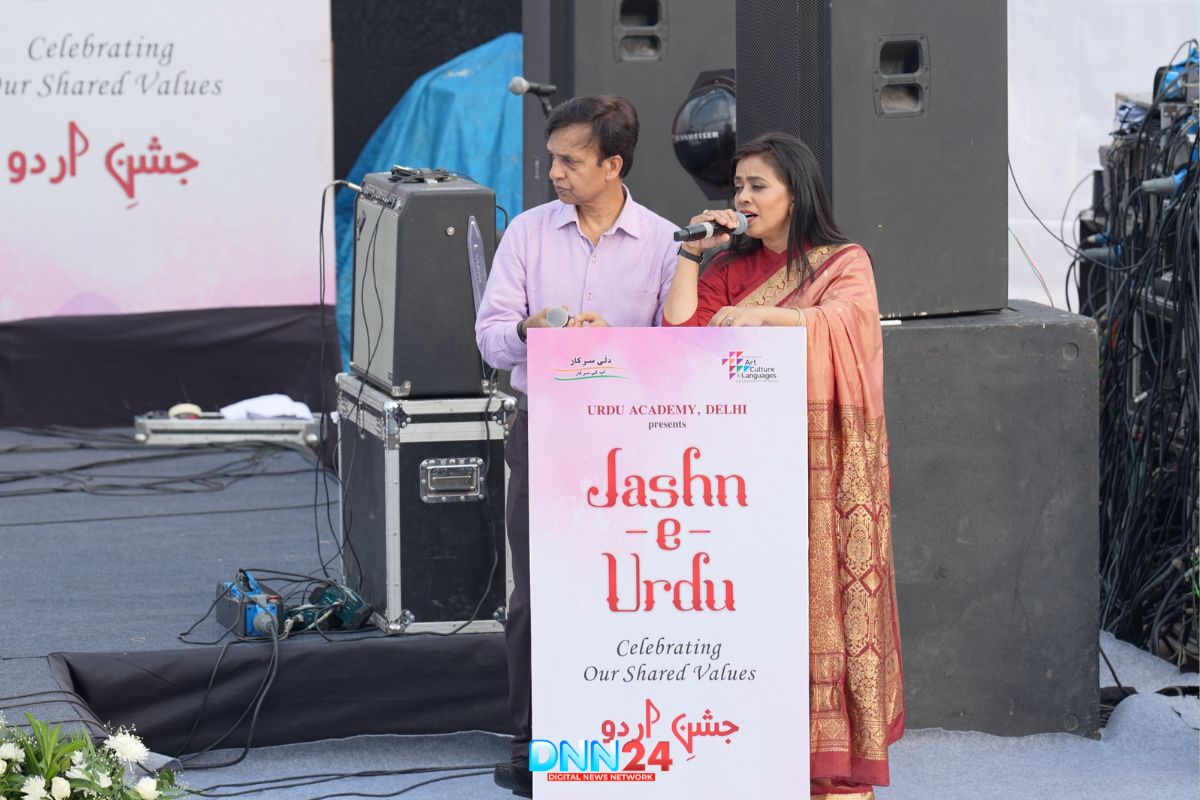
Ghazals and Qawwalis Enchant Audiences
Some of the biggest highlights of the festival were the ghazal and qawwali performances by acclaimed artists. On the first day, Ahmed and Mohammed Hussain presented “Guldasta-e-Ghazal”, while Salman Ali from Mumbai enthralled audiences with “Aalam-e-Kaif”. The second day saw a ghazal performance titled “Bahaar-e-Ghazal” by Jazim Sharma from Mumbai. On the third evening, Radhika Chopra from Delhi presented “Raunaq-e-Ghazal”. The festival concluded with a grand qawwali night by the famous Sabri Brothers from Mumbai. These performances drew huge crowds who were mesmerised by the soulful renditions of classic and contemporary Urdu poetry. The ghazal recitals showcased the lyrical beauty of Urdu, while the qawwalis highlighted its spiritual essence. Many in the audience were seen swaying to the music and joining in the chorus. The performers interacted warmly with the crowds, creating an intimate atmosphere despite the large gathering.
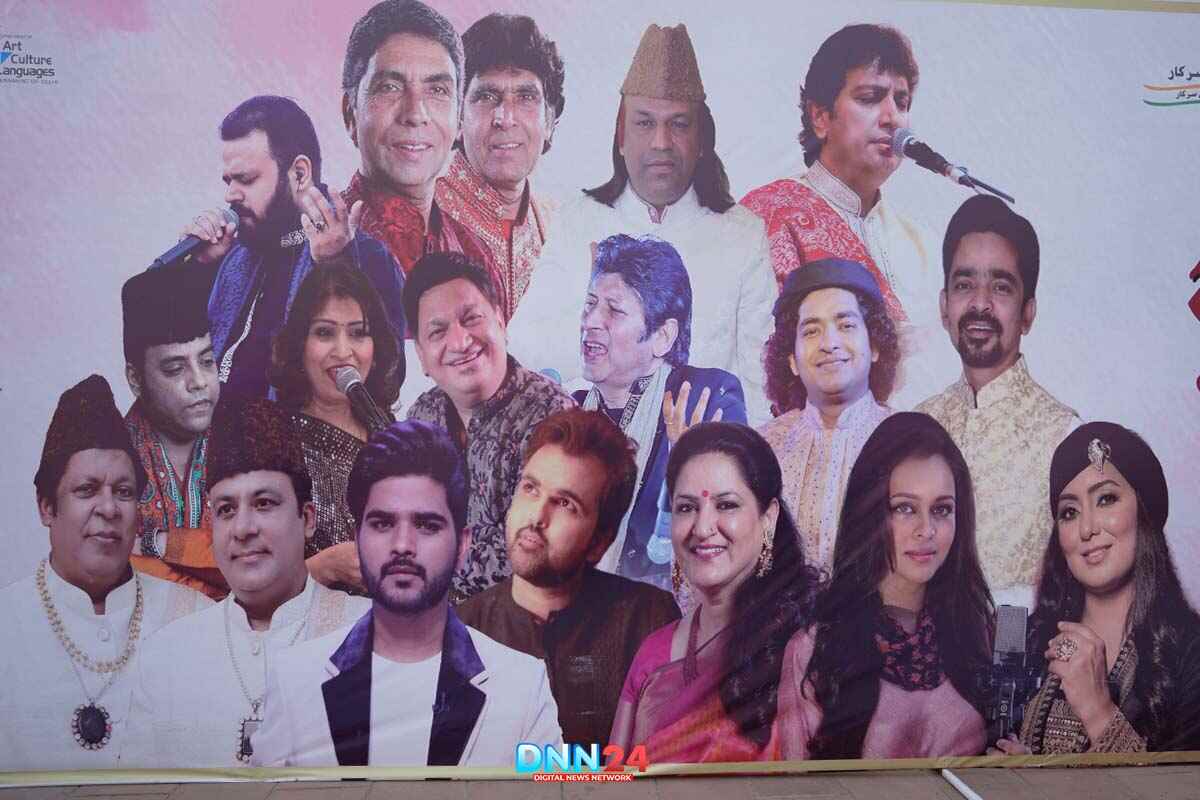
Promoting Young Talent Through Competitions
A key focus of the festival was nurturing young talent and sparking interest in Urdu among students. Several competitions were organised for school and college students across the four days. These included a ghazal recital competition, an Urdu quiz, and a poetry competition called “Bazm-e-Sher”. There was also a storytelling competition for children. The competitions saw enthusiastic participation from students across Delhi. Many of them had prepared diligently, memorising Urdu verses and brushing up on their knowledge of Urdu literature and culture. The winners were awarded prizes by eminent Urdu scholars and writers. These events helped discover fresh talent and encouraged youngsters to engage more deeply with Urdu. The organisers hoped that such competitions would inspire students to pursue further studies in Urdu language and literature. The performances by young participants were greatly appreciated by the audiences, who encouraged them with loud cheers and applause.
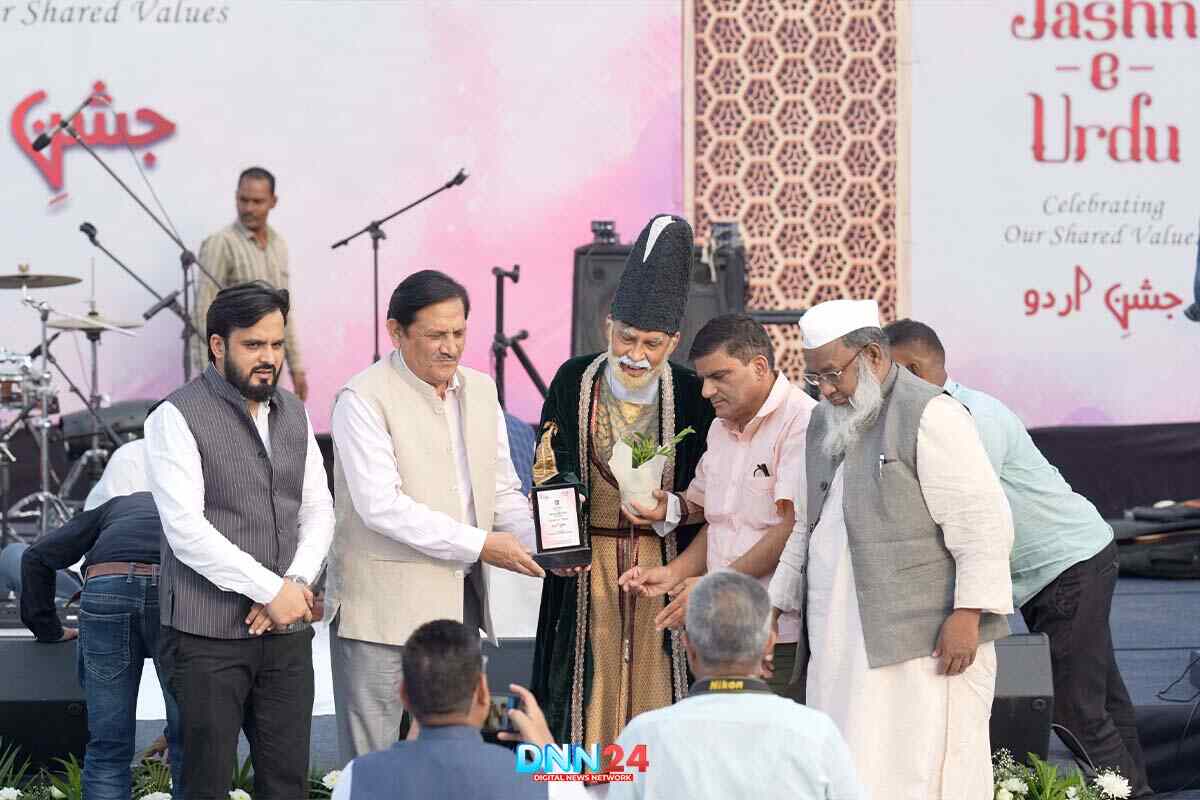
Theatrical Performances Bring Urdu to Life
The festival featured several theatrical performances that brought Urdu literature to life on stage. On the first day, there was a “Tamsili Mushaira” (theatrical poetry recital) by the Social Pride Welfare Society. The second day saw a performance titled “Dastaan Dilli Walon Ki” (Tale of Delhi’s People) by Masood Hashmi and Anas Faizi. A major highlight was the play “Bagh Toh Saara Jaane Hai” based on the works of the great Urdu poet Mir Taqi Mir, performed by The Wings Foundation on the third day. These performances used drama, music and poetry to present Urdu literature in an engaging format. They depicted scenes from Urdu novels, ghazals, and historical events related to Urdu culture. The actors brought famous Urdu characters and poets to life, allowing the audience to connect more deeply with the language’s literary heritage.
Sufi Music Spreads Message of Love and Harmony
Sufi music was another major attraction at the festival, with several renowned artists presenting soulful performances. Qutubi Brothers from Delhi presented a Sufi mehfil (gathering) on the second day. Dhruv Sangari’s “Mehfil-e-Tarang” on the third day was a fusion of Sufi and contemporary music. The festival concluded with “Sufiyana Kalaam” by Syed Mukarram Warsi from Bhopal and “Rang-e-Nishaat” by Harshdeep Kaur from Mumbai. These performances highlighted the spiritual and philosophical aspects of Urdu poetry. The Sufi singers presented works of great mystic poets like Amir Khusro, Bulleh Shah, and Rumi. Their soul-stirring renditions had the audience in a trance, with many swaying and singing along. The Sufi performances emphasised themes of divine love, unity, and the equality of all human beings, reflecting the inclusive spirit of the festival.
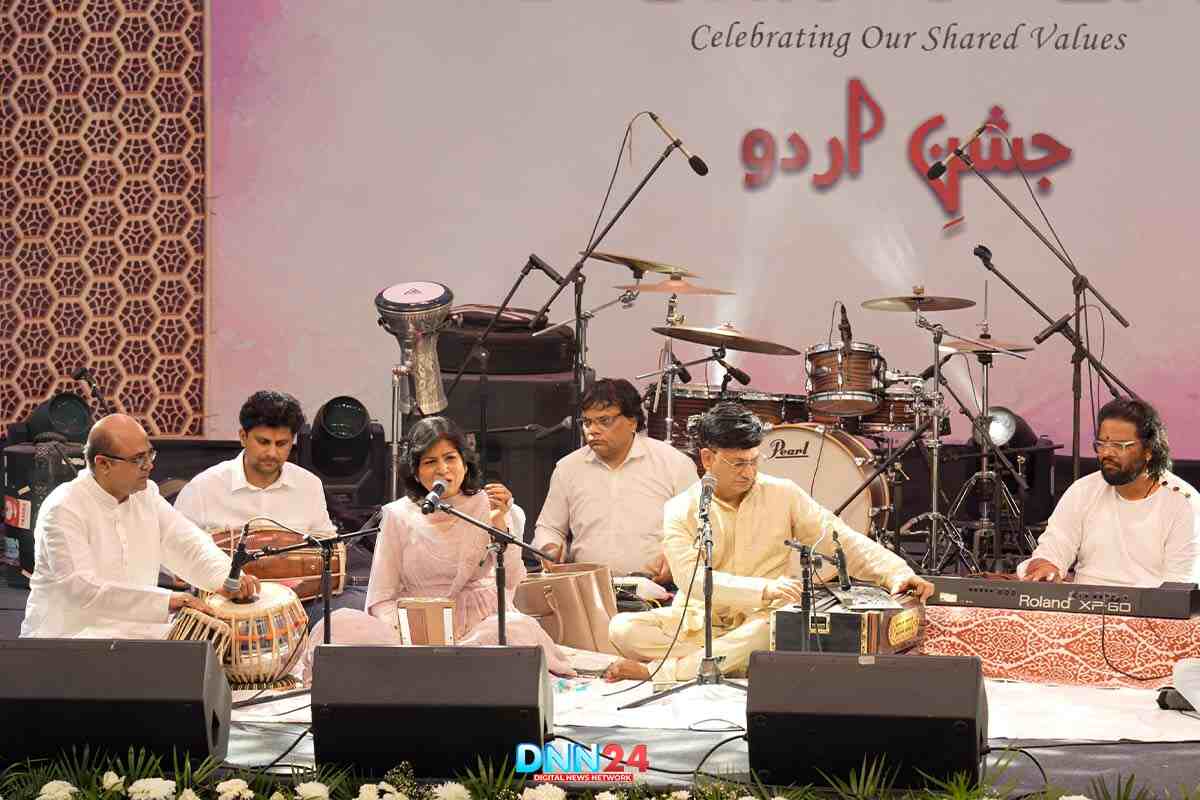
Celebrating Urdu’s Ganga-Jamuni Tehzeeb
A recurring theme throughout the festival was Urdu’s role in India’s composite “Ganga-Jamuni” culture, which blends Hindu and Muslim traditions. Speakers and performers repeatedly highlighted how Urdu has historically bridged communities and fostered a shared cultural heritage. They pointed out that Urdu developed in India and belongs to all Indians, not any particular religious group. The festival itself exemplified this inclusive spirit, with participants and audience members from diverse backgrounds. Hindu artists performed alongside Muslims, and the repertoire included devotional songs dedicated to both Allah and Ram. The organisers emphasised that promoting Urdu was a way to strengthen national unity and preserve India’s syncretic traditions. They hoped the festival would help counter misconceptions about Urdu being associated with any one community.
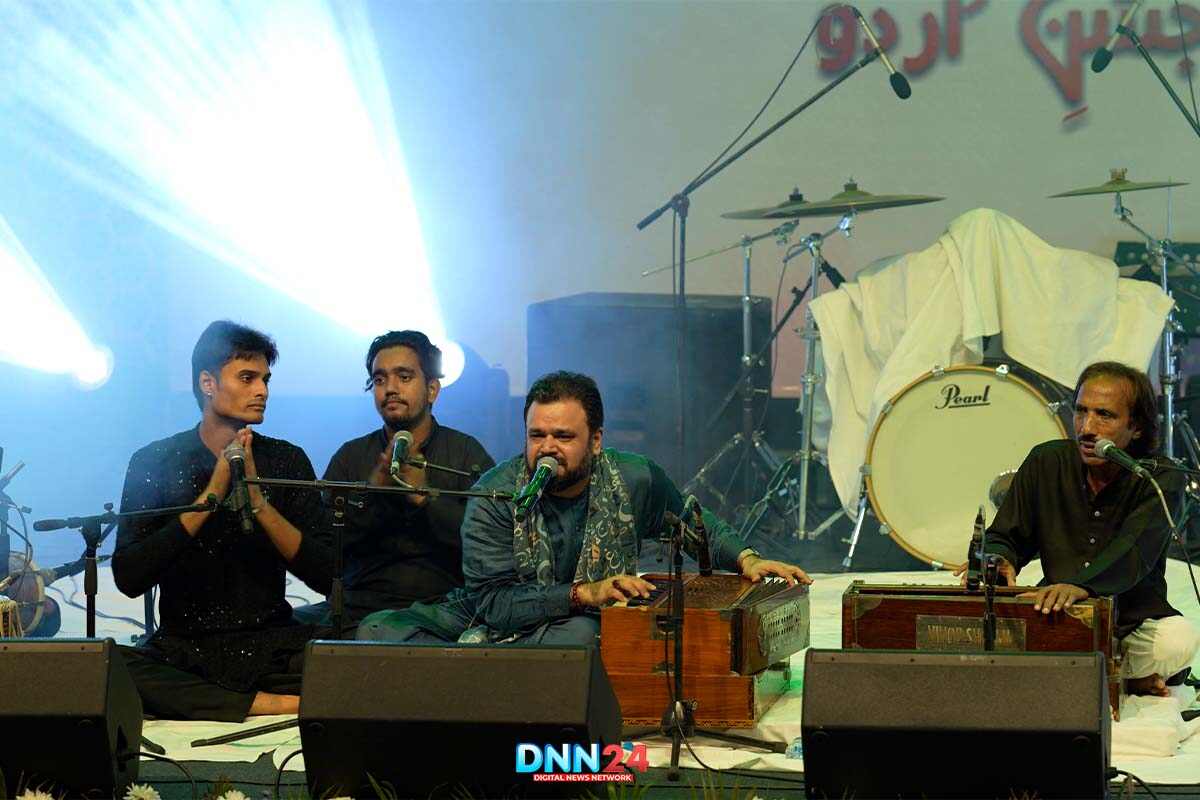
Exhibition Showcases Urdu Art and Literature
Alongside the performances, the festival hosted an exhibition showcasing various aspects of Urdu culture. There were stalls displaying Urdu books, including both classics and contemporary works. Calligraphy artists demonstrated the beautiful Urdu script, creating personalised name plates for visitors. There was a section on the history of Urdu literature, with rare manuscripts and first editions of famous works. Another area focused on Urdu’s contribution to Indian cinema, displaying old film posters and song books. Visitors could also buy Urdu souvenirs like postcards with famous shayari (poetry). The exhibition aimed to present Urdu’s rich cultural heritage in a tangible form. It allowed people to engage with the language beyond just listening to performances. Many visitors spent hours browsing through the stalls, discovering new aspects of Urdu literature and art.
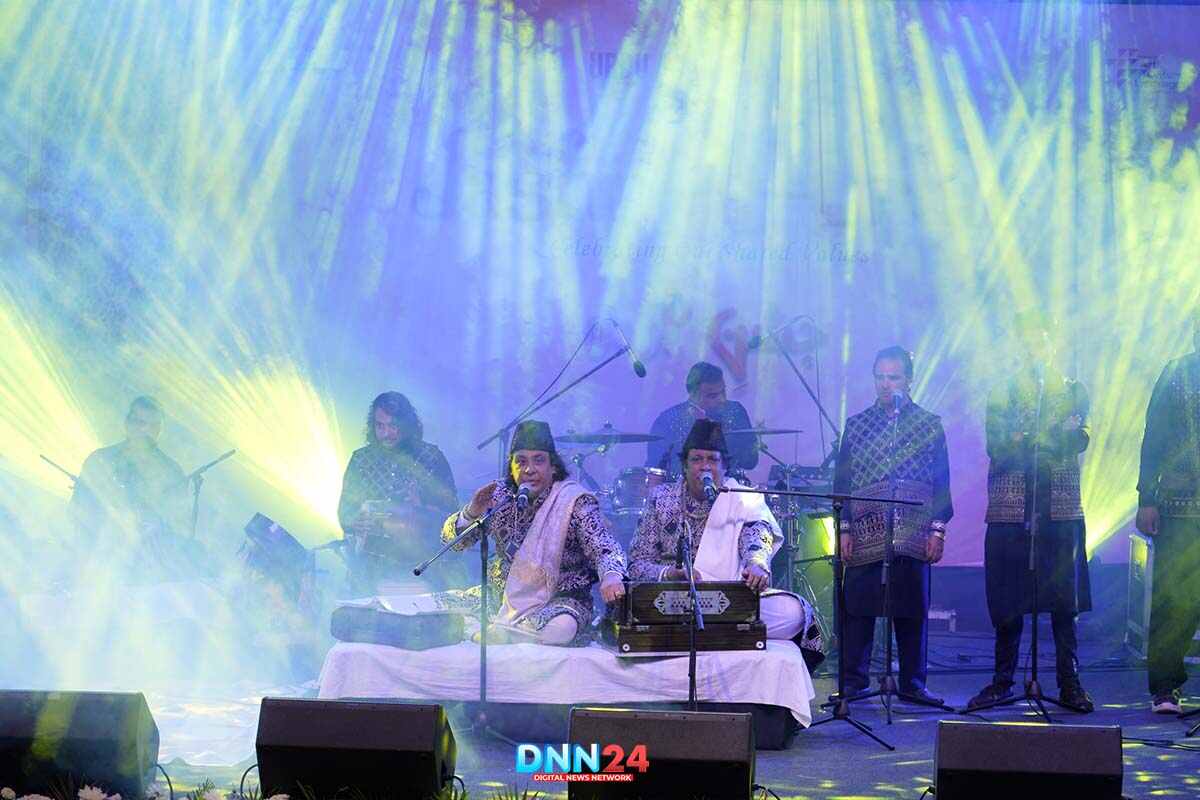
Reviving Interest in Urdu Among Youth
A key goal of the Jashn-e-Urdu festival was to spark interest in Urdu among younger generations. The organisers noted that while many young people appreciate Urdu poetry and ghazals, fewer are learning to read and write the language. They hoped the festival would motivate more youngsters to take up formal study of Urdu. To this end, there were special sessions introducing basic Urdu to beginners. The student competitions were designed to make learning Urdu fun and rewarding. Many young performers and speakers were featured to serve as role models. The festival also had a strong social media presence, with live-streaming of events and interactive online sessions. Feedback from young attendees was positive, with many expressing newfound appreciation for Urdu’s beauty and relevance. The organisers planned to build on this momentum with year-round programs targeting youth.
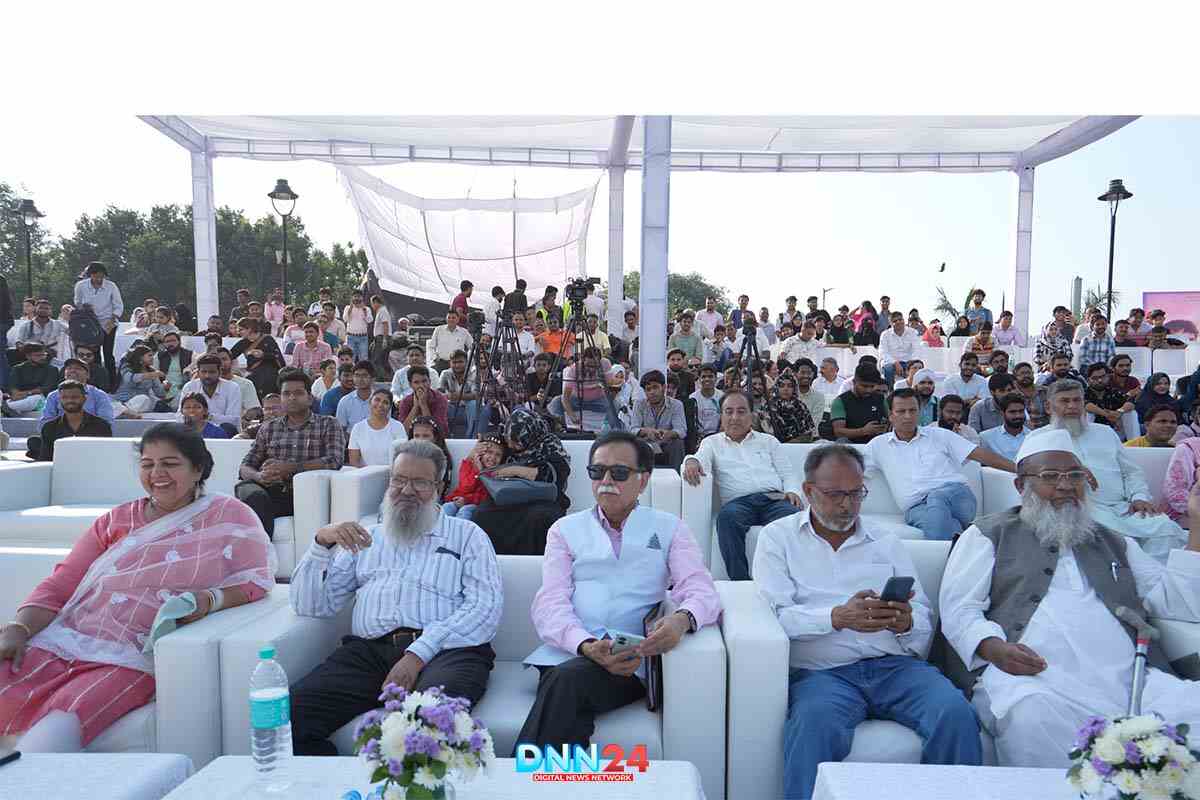
Also Read: Sunil Jaglan: Change Maker of Gender Equality in Rural India
You can connect with DNN24 on Facebook, Twitter, and Instagram and subscribe to our YouTube channel.

